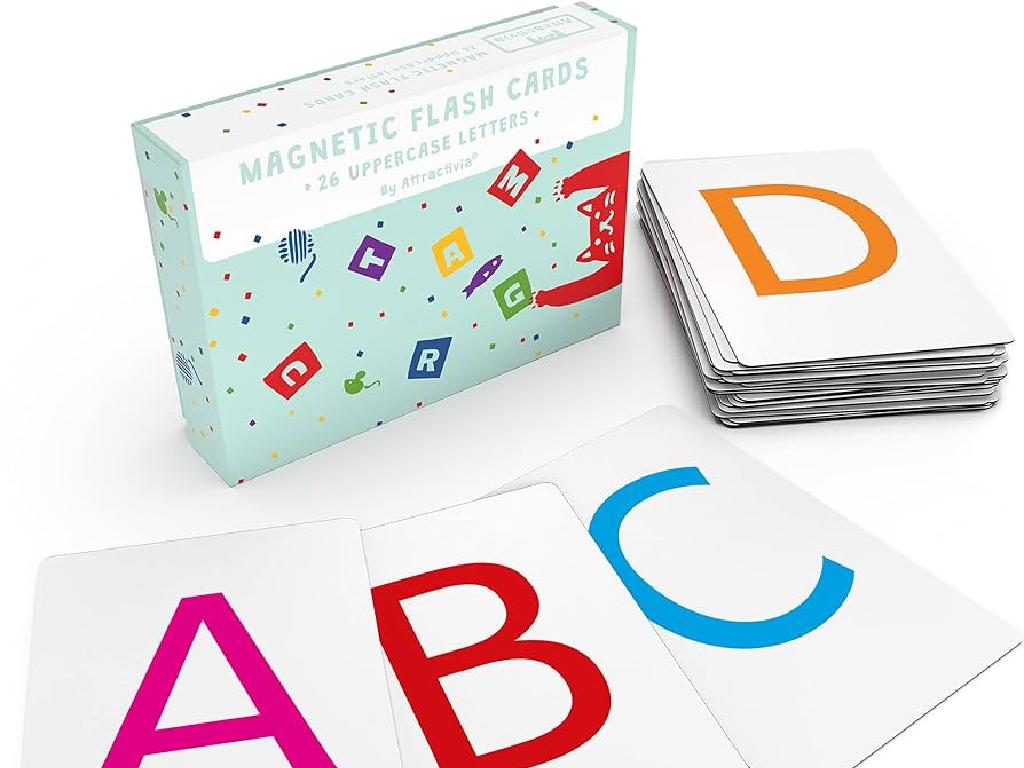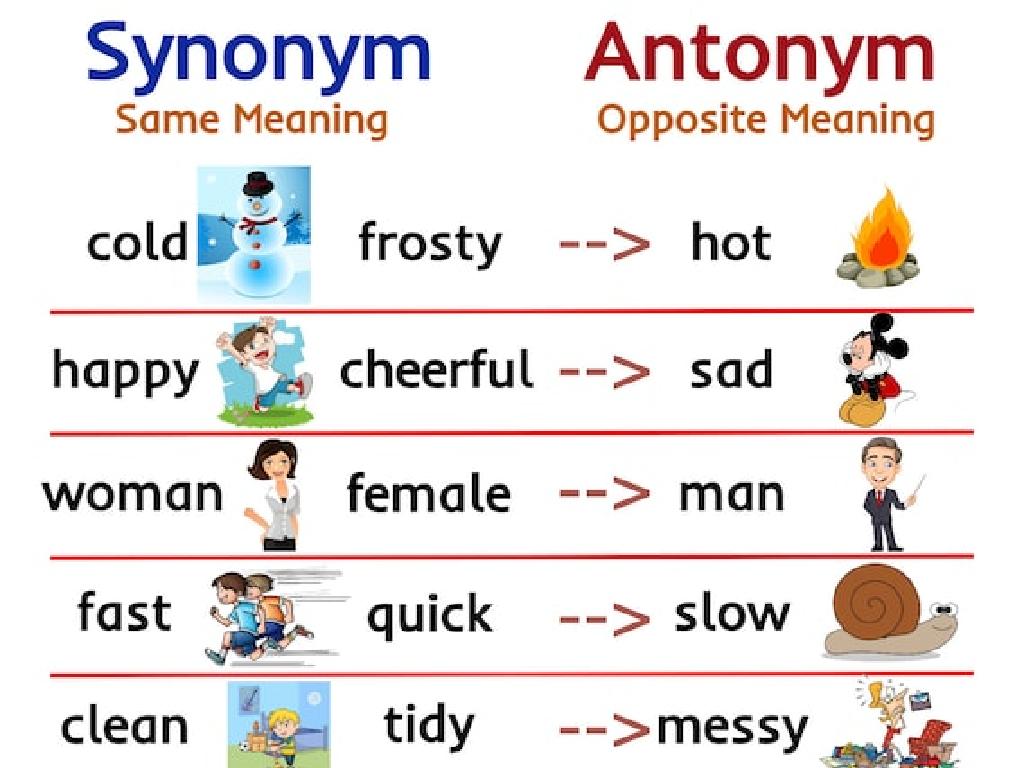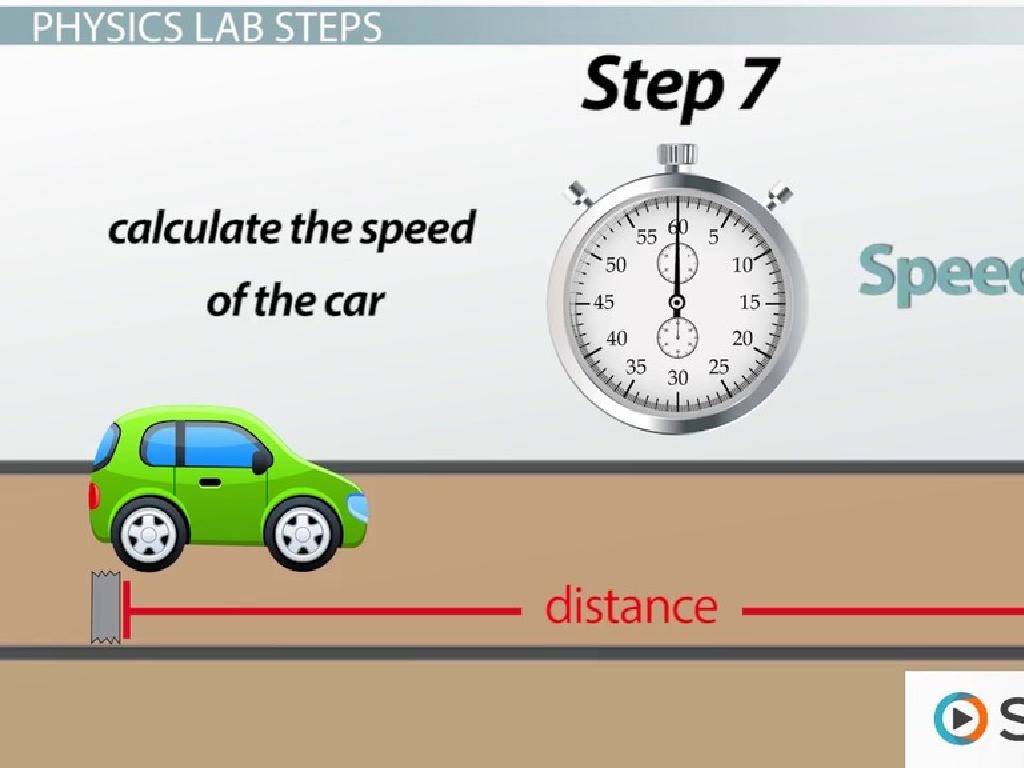Identify Facts And Opinions
Subject: Social studies
Grade: Eighth grade
Topic: Social Studies Skills
Please LOG IN to download the presentation. Access is available to registered users only.
View More Content
Facts vs. Opinions in Social Studies
– Define facts and opinions
– Fact: statement that can be proven. Opinion: belief or judgment.
– Significance of distinction
– Critical for evaluating sources and forming arguments.
– Examples in social contexts
– Fact: ‘The U.S. has 50 states.’ Opinion: ‘Pizza is the best food.’
– Analyzing statements
– Practice discerning facts from opinions in news articles.
|
This slide introduces students to the concepts of facts and opinions, which are foundational for critical thinking in social studies. A fact is a statement that can be verified and proven to be true, while an opinion is a personal belief or judgment that is not based on proof or certainty. Understanding this distinction is crucial for students as they analyze historical events, political arguments, and media. Provide real-life examples to help students relate to the material, such as distinguishing between a factual report and an opinion piece in a newspaper. Encourage students to practice this skill by analyzing various statements and classifying them as facts or opinions, which will aid in developing their analytical abilities and understanding of social studies content.
Distinguishing Facts in Social Studies
– Define a fact
– A fact is a statement that can be proven true or false.
– Characteristics of facts
– Facts are supported by evidence and can be checked.
– Examples of facts
– Historical dates or demographic data are facts.
– Verifying facts in studies
– Use primary sources to confirm the accuracy of a fact.
|
This slide aims to help students understand what constitutes a fact within the context of social studies. Begin by defining a fact as information that is objectively verifiable and can be proven true or false. Emphasize that facts are not influenced by personal feelings or interpretations. Illustrate with clear examples from social studies, such as established historical events, dates, statistics, or geographical information. Encourage students to always seek evidence and use reliable sources to verify the information they come across in their studies. This will not only aid in their understanding of historical events but also in developing critical thinking skills when analyzing various sources of information.
Understanding Opinions in Social Studies
– Define an opinion
– A view or judgment formed about something, not necessarily based on fact.
– Characteristics of opinions
– Opinions are based on personal beliefs and feelings, rather than evidence.
– Opinion vs. fact in social studies
– In social studies, opinions may influence interpretations of historical events.
– Examples of opinions
– ‘Democracy is the best form of government.’ is an opinion, not a fact.
|
This slide aims to help students distinguish between facts and opinions, which is a crucial skill in social studies. An opinion is a personal belief or judgment that can vary from person to person and is not necessarily rooted in fact or evidence. Opinions are subjective and can be influenced by individual values, experiences, and emotions. In social studies, understanding the difference between fact and opinion is essential for critical analysis of historical events, political ideologies, and societal issues. Provide examples of opinions related to social studies topics and encourage students to think about how opinions shape our understanding of history and current events. Discuss how to respect diverse opinions while also critically evaluating their basis and impact on society.
Comparing Facts and Opinions
– Distinction between fact and opinion
– Facts are verifiable, opinions are beliefs
– Steps to verify a fact
– Check sources, evidence, and accuracy
– Perspective’s influence on opinions
– Opinions are shaped by beliefs and viewpoints
– Analyzing statements for practice
|
This slide aims to help students understand the difference between facts, which are statements that can be proven true or false, and opinions, which are personal beliefs or judgments. Emphasize the importance of verifying facts by checking credible sources and evidence. Discuss how personal perspectives and life experiences can influence opinions. Use examples to illustrate these points, and engage students with an activity where they analyze various statements to classify them as facts or opinions. This will develop critical thinking skills and help them navigate information in social studies.
Distinguishing Facts from Opinions
– Strategies to identify facts/opinions
– Use clues: fact-check, source reliability, and objective language.
– Practice with example text
– We’ll look at statements and decide: fact or opinion?
– Discuss skill relevance in media
– Understanding this helps assess bias and credibility in media.
– Analyze news for informed opinions
– Apply these strategies to differentiate factual news from opinion pieces.
|
This slide aims to equip students with the critical thinking skills necessary to differentiate between factual information and personal opinions, especially in the context of news and media. Start by discussing strategies such as checking the veracity of information, considering the reliability of the source, and identifying objective versus subjective language. Provide a text for students to practice these skills, and then facilitate a discussion on why it’s important to recognize the difference between facts and opinions when consuming media. This will help students become more informed and discerning readers. Encourage them to apply these strategies to current news articles as a practical exercise.
Activity: Fact or Opinion?
– Divide into small groups
– Receive statements to categorize
– Each statement is either a fact or an opinion
– Discuss categorization within group
– Why did you think this statement is a fact or an opinion?
– Present reasoning to the class
|
This class activity is designed to enhance students’ critical thinking skills by distinguishing between factual statements and opinions. The teacher will divide the class into small groups, ensuring a mix of abilities in each. Each group will be given a set of statements and tasked with categorizing them as fact or opinion. Groups will then discuss their categorizations, focusing on the reasoning behind their decisions. This will encourage dialogue and debate among students, fostering a deeper understanding of the concept. After discussion, each group will present their categorized statements and reasoning to the class. The teacher should prepare diverse statements relevant to the curriculum and be ready to guide discussions or clarify misconceptions. Possible activities for different groups could include statements from historical texts, current events, or societal beliefs.
Conclusion: Facts vs. Opinions
– Recap: Facts vs. Opinions
– Facts are verifiable, opinions are personal beliefs
– Importance for informed citizens
– Understanding both improves critical thinking
– Homework: Analyze an article
– Find 3 facts and 3 opinions in any news article
– Reflect on the skill’s value
– How does distinguishing these contribute to society?
|
As we wrap up our lesson, it’s crucial to emphasize the importance of distinguishing facts from opinions. This skill is not just academic; it’s a cornerstone of being an informed citizen capable of critical thinking. For homework, students will apply this skill by analyzing a news article of their choice, identifying three facts and three opinions within it. This exercise will help them practice discerning objective information from subjective viewpoints. In our next class, we’ll discuss how this ability to differentiate facts from opinions can lead to more meaningful participation in society and contribute to a more informed public discourse.






